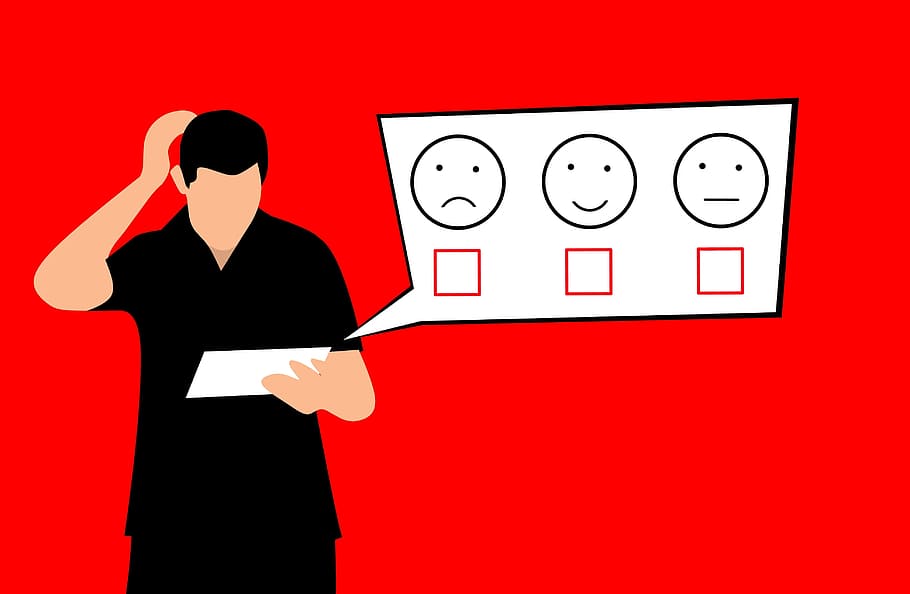4 steps to handling a customer complaint

Mistakes and accidents can happen on site anytime and sometimes, complaints can also occur.
Professionalism is key throughout your customers’ journey with you as a tradesperson, from quote to sign off, and it’s especially important you maintain this same level of professionalism if you receive a complaint or bad review.
Have you ever had a complaint from a customer? Do you have a complaints procedure in place for handling them?
Whether you are a large company or a self-employed tradesperson, you should try to have a complaints procedure ready at hand, to save from impulse actions that could hurt your business in the long run. Also, if you plan on joining any trade specific schemes, such as NICEIC, then you will be required to have a complaints procedure in place prior to joining.
Identify the problem
The first thing to do in the case of a complaint is identify the problem. It’s important that you listen to the customer carefully to find out what the problem is and how it has been caused. Whether it be a miscommunication, your fault or maybe even theirs, it’s necessary to listen and take their complaint seriously.
If you have made a mistake, own it; you are human after all and mistakes can happen. The customer may have spotted something that you have completely overlooked or forgotten about.
Deal with your customer honestly and remember to stay calm. Remember to remain professional at all times when handling the complaint and look at it from the customer’s perspective. If this is your business, it is only natural that you will take any complaint personally and seriously.
Rectify the problem
Whether the problem was your fault or not, it is sometimes worth fixing the issue and leaving with a happy customer, rather than proving that you were in the right.
Within this modern day, online reviews are a powerful influencer for future customers and no review from a happy customer is better than a bad review from an unhappy customer, that could potentially lose you many more customers in the future.
Now that you have identified the problem at hand and agreed to fix the problem, it is time to find a solution.
Take charge of the situation and if you have different ideas on how to fix the problem, take the time to explain each to the customer fully. The customer will then be able to make an informed decision on what solution they would like, ultimately putting a sense of power back in their hands.
Follow up on the problem
After you have fixed the problem, you should follow up with your customers 24-48 hours later, via phone or email. By checking in on them, you are not only making sure that everything is still working, but you are adding a personal touch to the service and making them feel important.
Learn from the problem
You have identified and rectified the problem, but now is the time to learn from it, and try to avoid it ever happening again.
If you didn’t have a complaints procedure in place already for your business, now is the time to reflect on this complaint and consider: did you handle it the best you could? Lay out a step by step plan for complaints, so that in the future, you have a guide to follow as do any employees.
Remember to not get stuck in the past. You have done your best to fix the problem and handled it in the best way possible, but now is the time to move on to your next customer.
The way you handled this previous complaint could still lead to referrals from customers, as you would have hopefully handled it the best way possible and rectified the problem seamlessly. This is a huge benefit to you and your work as it shows that you fix your own mistakes or can fix someone else’s.
Back to blog



